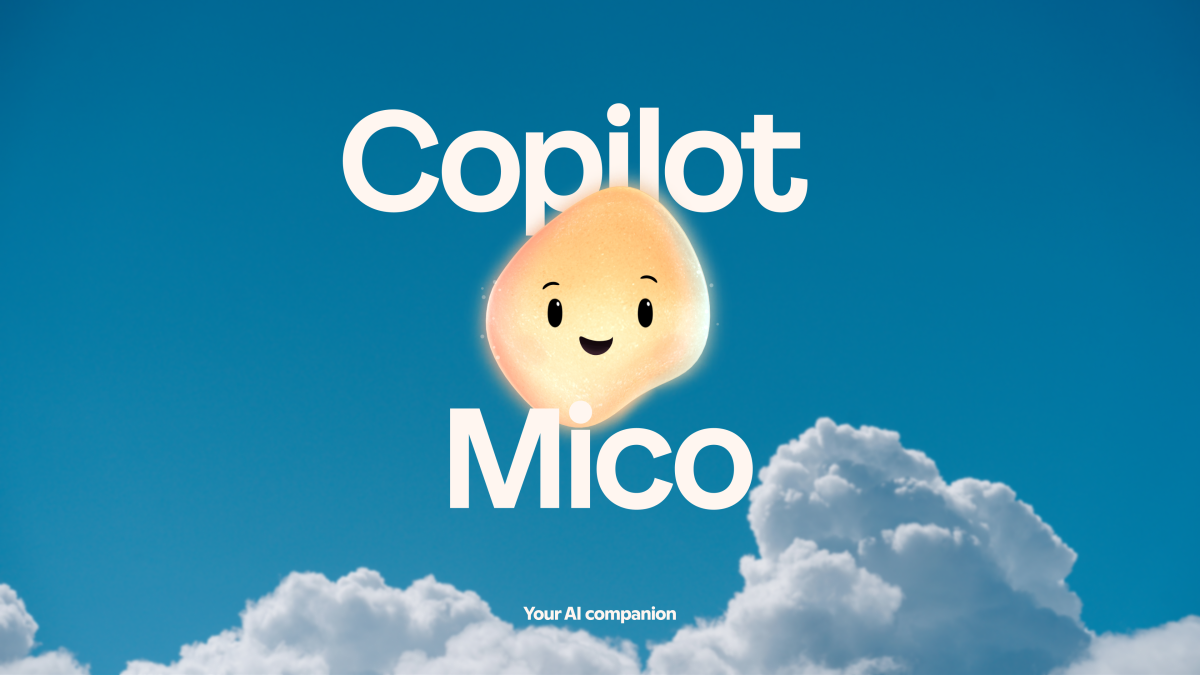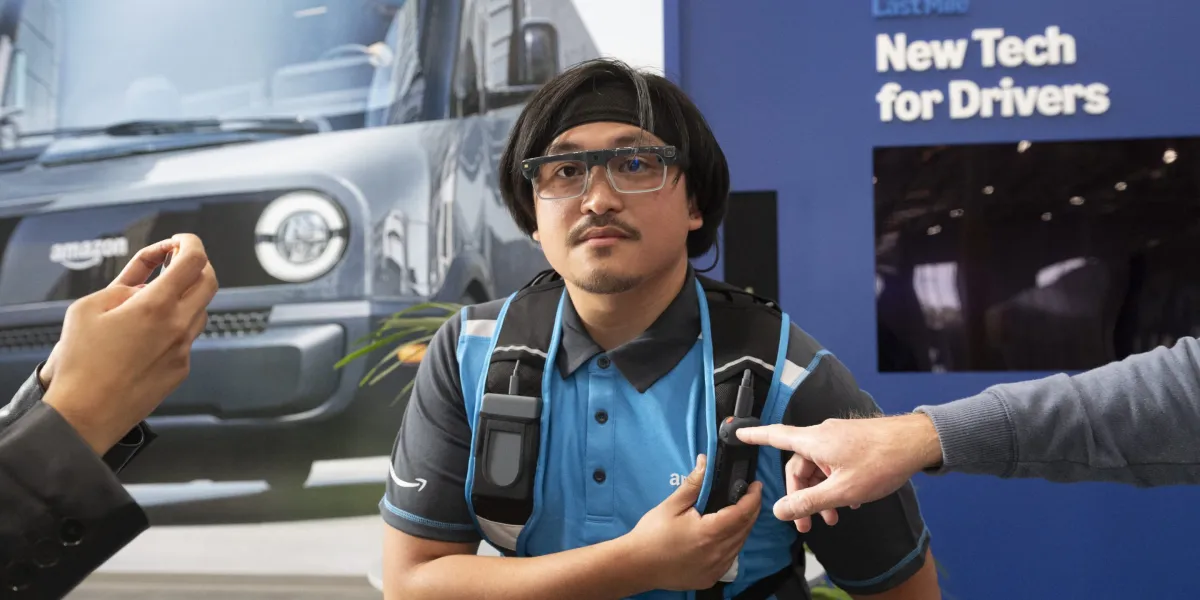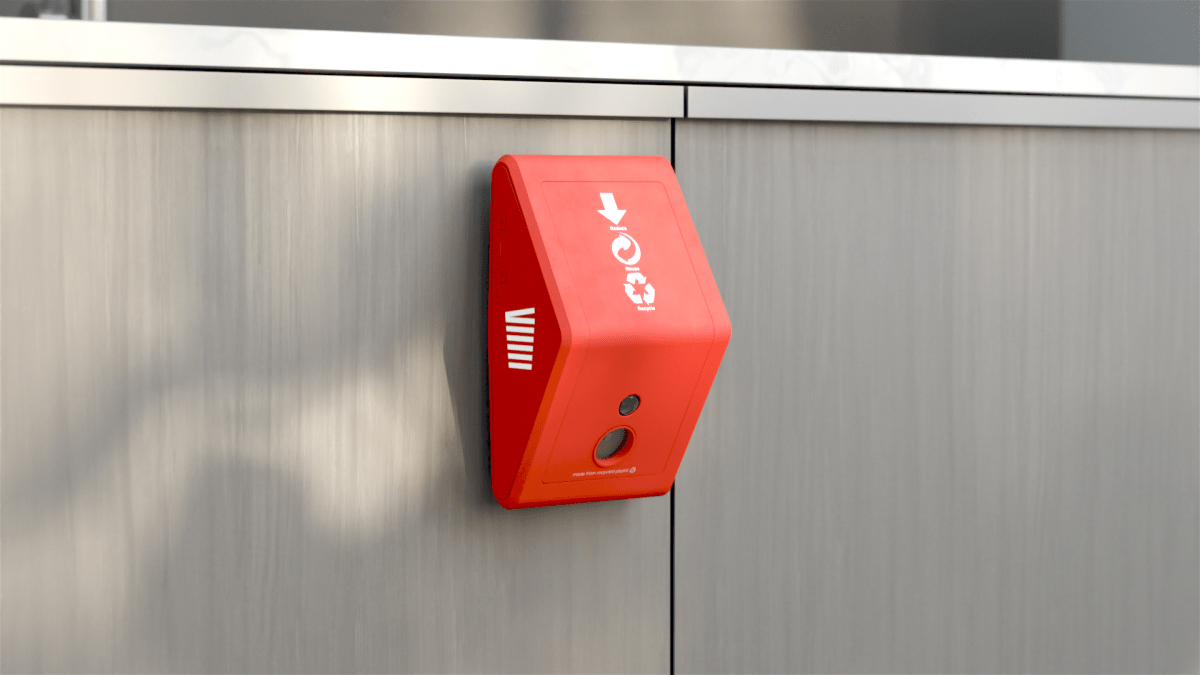Microsoft has a new Clippy, and it’s an AI friend called Mico. At the company’s Copilot fall release press event on Thursday, the company introduced a range of new features and updates for its AI chatbot, but one that telegraphed how the tech giant intends to bring AI to consumers was the official introduction of its AI chatbot’s “face” — an expressive avatar blob named Mico.
The company explains that Mico (its name a nod to “Microsoft Copilot”) is meant to offer consumers a “warm” and “customizable” visual presence that “listens, reacts, and even changes colors to reflect your interactions.”
If the talking AI helper immediately brings to mind Microsoft’s infamous productivity assistant, Clippy, you wouldn’t be wrong in thinking that. It seems that Microsoft has decided to embrace the reference to its age-old companion, as there’s even an Easter egg where, if you tap Mico a number of times, it will transform into Clippy.
The feature is enabled by default when you’re using Copilot’s voice mode, but users can turn it off if they choose. It’s initially available in the U.S., Canada, and the U.K., and will be able to save memories of your conversations and learn from your feedback, Microsoft says.
A “Learn Live” mode for U.S. users can make Copilot a tutor that guides you through concepts instead of just providing an answer. The company notes it’s made other improvements in areas like health-related questions and deep research, too.
“As we build this, we’re not chasing engagement or optimizing for screen time. We’re building AI that gets you back to your life. That deepens human connection. That earns your trust,” wrote CEO of Microsoft AI, Mustafa Suleyman, in an announcement.
Microsoft is not the only chatbot maker to anthropomorphize its AI. Market leader ChatGPT, for instance, offers a visual experience as well, with a number of different voice options. Meanwhile, xAI’s Grok has turned its AI into risque AI companions. Across the app stores, AI companion apps are already pulling in millions, indicating there is consumer demand for AI characters to some extent.
However, whether or not consumers will respond to Mico’s floating blob remains to be seen.
The company says it’s also working to evolve Copilot’s personality and tone, with the introduction of a new mode called “Real Talk.” This will allow the AI to mirror the user’s conversational style, but won’t be as sycophantic as other AI assistants have been. Instead, Microsoft says that it will feel like something that’s “grounded in its own perspective,” and will push back and challenge your ideas, which could encourage you to see things from a different perspective.

Finding a balance between a helpful, conversational AI and one that leads users down rabbit holes has proven tricky. Several incidents of AI chatbot psychosis have been reported, where AI users come to have their delusional beliefs reinforced by their conversation with the chatbot.
The fall Copilot update introduced a number of other new features to Microsoft’s AI, including the ability to bring friends into your Copilot AI chats, support for long-term memory, connectors to link productivity apps like email and cloud storage, and AI updates for its browser, Microsoft Edge.
The company said it’s working to evolve Edge into an AI browser that would be able to see your tabs, summarize and compare information, and take action for you on things like booking a hotel or filling out forms. This would allow Edge to compete with other AI browsers, including OpenAI’s ChatGPT Atlas, Perplexity’s Comet, Dia, and others, as well as market leader Chrome, which has integrated its Gemini AI.















